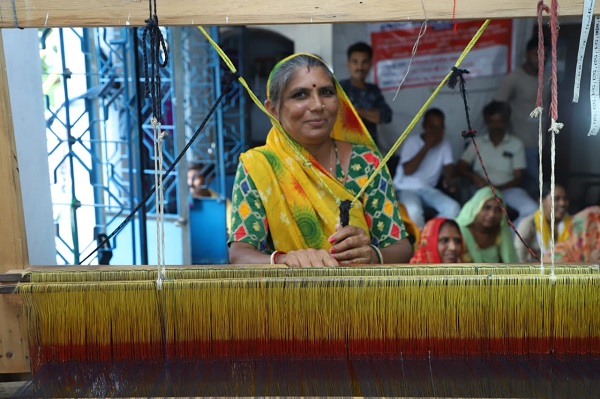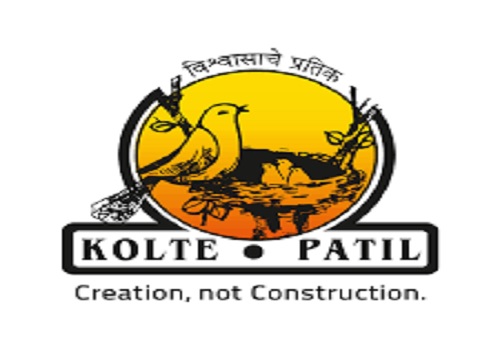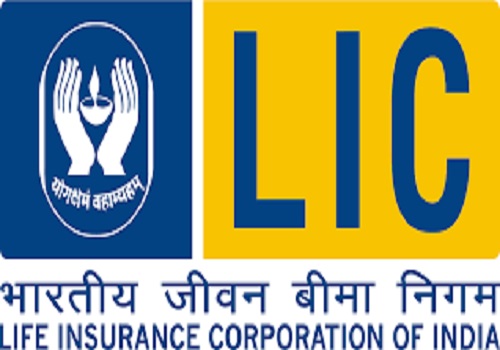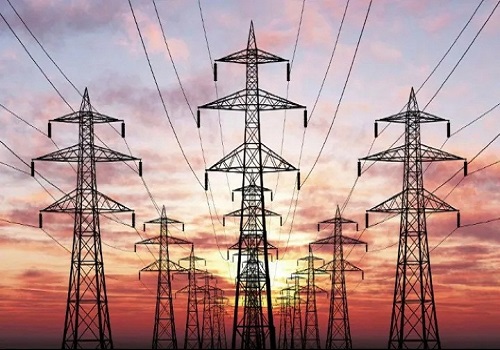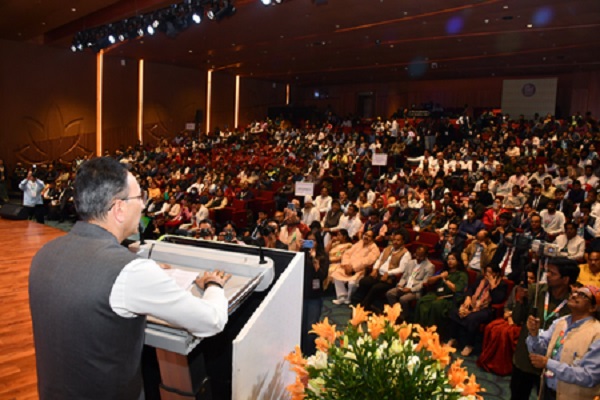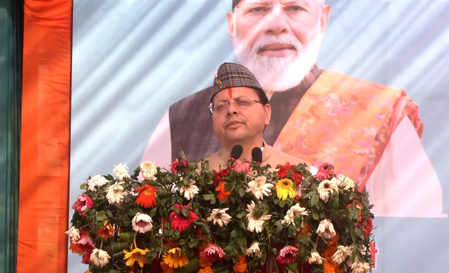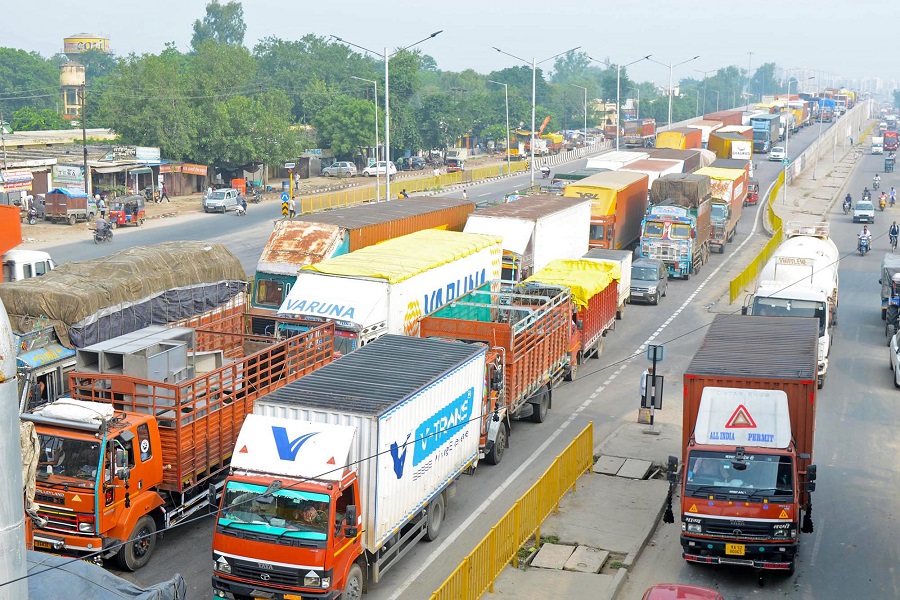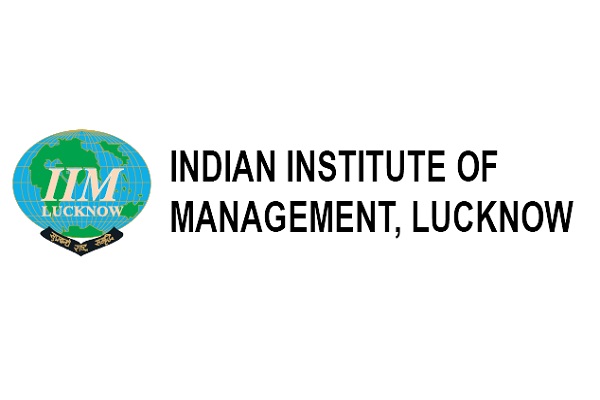smallcase Manager Omniscience Capital expects 16-17% annualized growth in defence budget till 2035
smallcase manager Omniscience Capital, expects the Defence budget to be increased to 3% to 4% of the GDP from the current ~2% level. With a $10 trillion GDP the defence budget is expected to grow to more than $300 bn USD or around INR 30 lac crores. This implies a 16-17% annualized growth till 2035.
According to smallcase manager Omniscience Capital’s report “Operation Sindoor: An inflection point for Bharat’s Omni Defence Strategy”, Operation Sindoor has triggered a renewed focus on defence, vigilance and strategic preparedness to attack enemies and safeguard not only our borders and citizens but also the critical resources, economic and trade infrastructure and the digital ecosystem.
As per the report, the mid-term target for Domestic Defence production is set at INR 3 lac crores by 2029. In FY25 domestic defence production crossed INR 1.4 lac crores of which 78% was contributed by the Defence PSUs at around INR 1.1 lac crores. The listed DPSUs accounted for more than INR 90,000 crore of this, accounting for 66% of the total DPSUs share. With increasing participation of the private sector, share of DPSUs in the total defence production by 2029 may go down. However, even at 60% share, the total output is expected to double to INR 1.8 lac crore, indicating a growth at 18% CAGR over the next 4 years. This growth outlook gets revalidated if one looks at the analyst estimates for the next couple of years. The total turnover of listed 8 DPSUs is expected to grow at 18% and 22% for FY26 and FY27 respectively. 9 Unlisted DPSUs combined are expected to report a total turnover in excess of INR 20k crore in FY26.
Dr. Vikas Gupta, smallcase Manager and CEO, Omniscience Capital said, “Given the demonstration of advanced capabilities to not only attack but also defend, the Indian Armed Forces need to spend much more now to counter the potential competitive spending by neighbouring countries to match India’s capabilities. Only a much higher spending from India’s side would keep the advantage in future. This is why it is likely that future defence spends would be much higher than earlier declared plans of GoI and Indian Armed Forces post Operation Sindoor.”
According to the report, in the long term the Defence Pension, which accounts for around 25% of the total defence budget, currently, and the largest part of the expense under the Salary head (currently around INR 2 lac crore) are expected to grow at a slower pace, the expected annualized growth of the capital budget and supplies would be even higher at potentially, 20%+ levels. The cumulative capex over next 10 years could range from INR 50 lac crore (at 2.4% in 2035) to INR 64 lac crore (at 3% in 2035).
It also expects the INR 3 lac crores domestic defence production target for 2029 announced earlier might be revised upward significantly and be exceeded

The report notes that while the growth potential of the defence sector is unmistakably robust, the TAM (total addressable market) is large, and the growth rates are likely to remain high for decades. However, the investors need to pay attention to the valuations. The median trailing price to earnings (P/E) multiple of the 8 listed DPSUs is 57. The forward median P/E for FY26 and FY27 is at 45 and 36 indicating that the high growth potential is significantly priced in. For some of the private sector names the multiples are even higher and hence, investors are advised to be extremely cautious while allocating capital to specific names at current levels.

“The evolving world order, risky neighborhood and a huge pent-up demand from the India Armed Forces due to decades of underspending on defence makes it inevitable that we need to ramp up our defence budget for the next decade and a strong fiscal position shall support us in doing exactly that. As India becomes the 3rd largest in 2027-28 and grows to be a $10 trillion economy in the next decade accounting for 7-8% of the Global GDP, it needs to protect its global trade lanes for uninterrupted shipment of its manufacturing goods and also needs to protect its global assets (strategic mineral resources, ports, trading hubs, Outward Direct Investments etc.) to support continued growth.”, added Dr. Gupta.
The recent resource allocation for defence clearly shows the intent to boost preparedness. DAC approval for 54,000 Cr for military hardware purchase, centre’s approval for acquisition of 26 Rafale Marine fighter jets at a cost of 63,000 Cr and 40,000 Cr DAC approval for procurement of arms and ammunition are some of the recent instances.
smallcase manager Omniscience Capital report notes that while India may be one among the top 5 defence spenders in the world, it falls way behind the US and China. In fiscal 2024, US spent $874 bn on defence which is around 3.0% of GDP and if one includes $325 bn spent on Support for Veterans' and ~$100 bn on International Security and other assistance then the total allocation adds up to $1.3 trillion, 4.5% of the GDP. Similarly, for China, while the reported number is around $300bn, the non-budgetary allocation is significant and could be as high as $500-600 billion. This is around 3% of GDP.
It highlights that countries going through active war are observed to allocate significantly large budgets on defence. Russia and Israel, in 2024, spent 6.7% and 8.6%, respectively, of their GDPs as the two countries are at war. Ukraine, according to SIPRI, is spending an exorbitant 34% of its GDP on defence. While we are currently in a ceasefire, it is an ongoing war against the terrorist organizations, and a risky neighborhood for India and it cannot be less prepared to fight. Thus, it is possible that India gradually increases its Defence budget as a percentage of GDP from the current ~2% to 3% or even 4% over the next decade. This will be commensurate with its evolving nature as the 3rd largest economy and one of the globally influential countries of the world.
Above views are of the author and not of the website kindly read disclaimer




